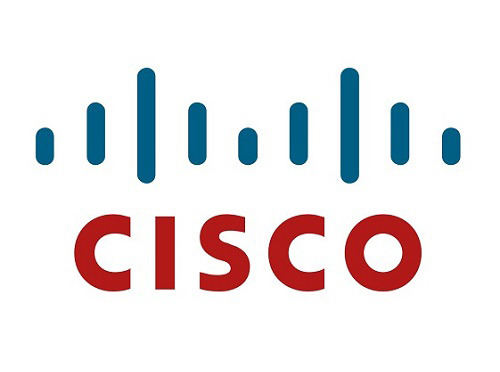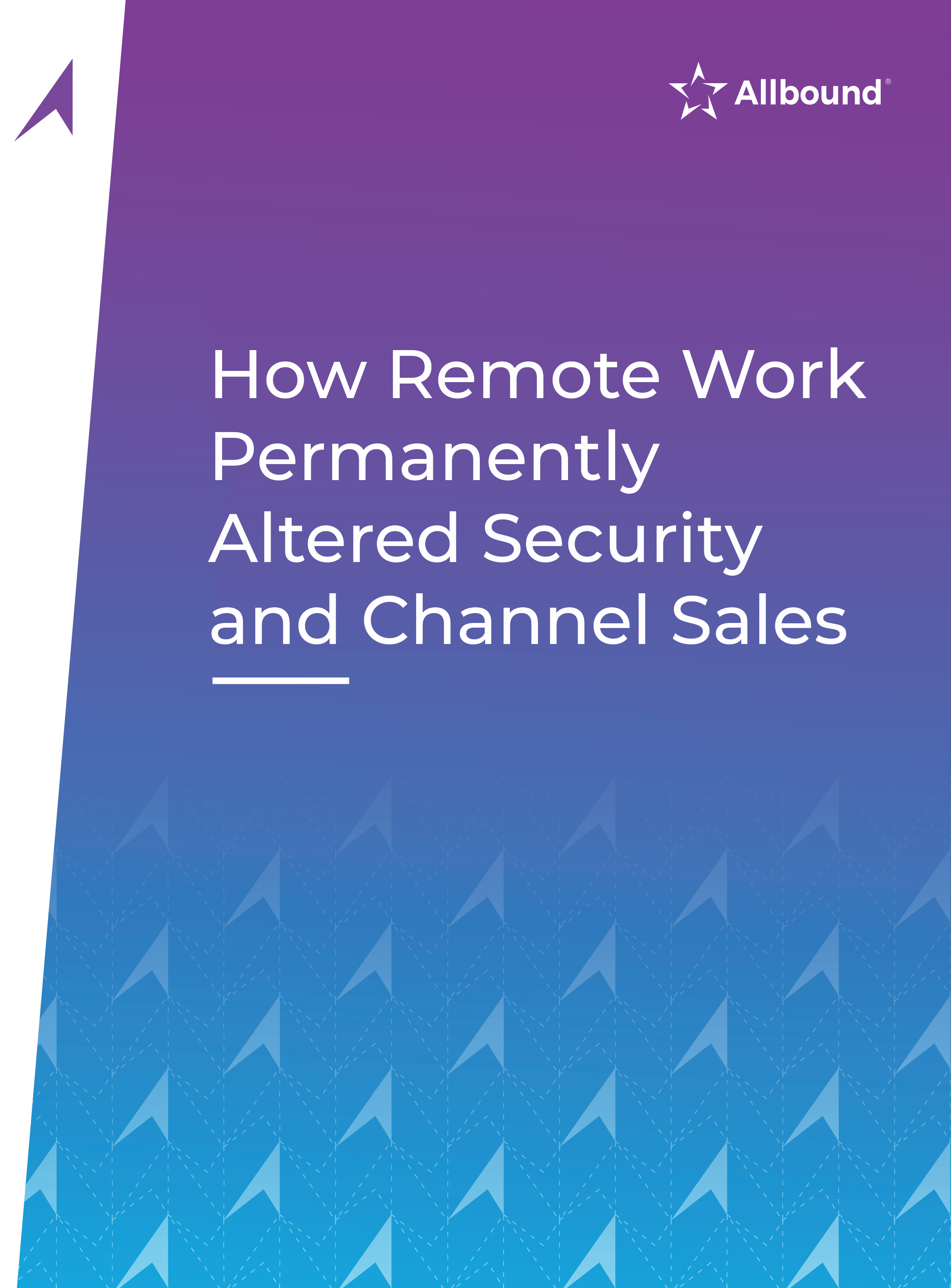Topics
Cisco Amplifies To-Customer Marketing To Drive SMB Accounts To Partner Network
If any B2B buyers at small or medium businesses have yet to discover that a Cisco channel partner is their best source for the company’s products and solutions, it’s likely they’ll be getting the message soon. Since Cisco assigned its channel team with all sales to SMB accounts last Spring, the company has amped up efforts to make sure those customers know all about its products and where to buy them.
Without a doubt, Cisco was already reporting strong sales in the SMB market, with channel partners driving the lion’s share of that business. “We were already having tremendous momentum in SMB,” Luxy Thuraisingam, VP, Global Partner Marketing and SMB, told CMR. For the fiscal year that ended last July, the SMB segment was the company’s fastest growing customer category climbing almost 30% to about $4 billion in revenue. SMB accounts, she explained, eagerly engaged its channel ecosystem, with nearly 90% of those customers reporting that they relied and trusted partners seeing them as an extension of their organization.
Still the company is taking significant steps to keep the SMB wind at its back, giving Thuraisingam the green light to assemble a bigger marketing team that is combining a comprehensive to-customer marketing strategy with its proven through-partner program.
“We’re going to double down on our to-customer marketing,” said Thuraisingam.
No where is that more evident than on the company’s website where pages targeting SMB customers were redesigned and launched in August with content that focuses more on business outcomes and hybrid work.
While Cisco’s website was getting “great organic traffic,” said Thuraisingam, “the onsite experience wasn’t catering to an SMB audience.” With a go-ahead from Carrie Palin, SVP and CMO at Cisco, the website was reframed to speak clearly to SMB shoppers, “making it really easy for them to connect and transact through partners or find their way through our virtual demand center.”
Optimizing The Digital Front Door
Cisco’s website, its “digital front door,” said Thuraisingam, is clearly focused on driving business to its partner network. Above the fold messages on its “How To Buy” page emphasize that most customers work with a Cisco partner to buy Cisco products.

For any customers who might think that working directly with Cisco is a preferred option, copy reminds them that “Equipment purchased through Cisco partners, whether new or Cisco Certified Refurbished, entitles you to Cisco service support, upgrades, replacement guarantees, a valid software license, and a full warranty.”
The Partner Finder reminds shoppers that Cisco’s 42,150 partners worldwide “can you find the products and solutions that work best for your business.”
The changes to the web pages had an immediate impact. In the first 45 days, there was a 175% increase in traffic to its e-commence pages, which accounted for 1,700 leads of customers with intent to buy.
Equally important, the e-commence capabilities that Cisco had already implemented were helping to speed sales to partners, especially those that were also prepared to transact digitally. “We were already investing in robust e-commence digital transactions with partners that were ready for them,” said Thuraisingam. “The evolution of this is to help more partners who want to.”
Thuraisingam said more partners are either improving their digital sales capabilities or expressing an interest to do so, recognizing that by 2025, the vast majority of B2B buyers will be digitally-oriented millennials. “They are asking how we can work together, what best practices we can share, how we can help. Our response is ‘Let’s figure it out together.’”
Focusing On Outcomes
One of the messages that Cisco is striving to help partners communicate is a “cross architecture story” that emphasizes a focus on business outcomes. “We want to bring together messages about collaboration, networking and security, and help our partners go out and tell why hybrid programs, for example, work for SMB,” said Thuraisingam. Her goal is to help partners engage audiences in “the way they actually want to be talked to, um, which is more outcome based more cross architecture.”
While Cisco is doing much of the heavy lifting of demand generation targeting small and midsize customers, it is striving to encourage more of its partners to participate in lead generation. A new incentive offer for smaller partners, Perform Plus Activate, is a profitability program that enables partners to access analytics related to their Cisco business. The company works with participating partners to set quarterly goals and ensure payment of rebates. The new program mirrors Cisco’s Perform Plus, an existing global incentive that rewards partners with a cash rebate for achieving overall growth and additional bonuses for cross-selling across architectures.
For those partners that don’t have limited marketing resources, Cisco will be striving to help them take advantage of the company’s Marketing Velocity program offer to enable their own demand gen activities.
The program helps partners create digital landing pages and campaigns and measure their results and performance. The tool offers a range of content material and copy blocs which partners can elect to amend with their own messaging.
“The idea is making it really, really easy and getting them helping them get into market faster,” said Thuraisingam. Cisco will be making more investments in Marketing Velocity “to make it even more relevant to this group of partners.”
At the B2B Marketing Exchange (B2BMX) in Scottsdale, AZ, Feb. 27 to March 1, Thuraisingam will share insights on how Cisco is enabling its partner ecosystem to grow the company’s sales to small and midsize businesses. With more than 87% of SMB companies looking to channel partners as “trusted advisors,” Cisco is confident that it can more effectively meet the needs of this massive market with and through partners.
During her presentation, Thuraisingam will discuss how her team is driving brand preference, designing a partner-focused digital lead engine and simplifying tools to empower channel partners with effective demand generation and marketing resources.










